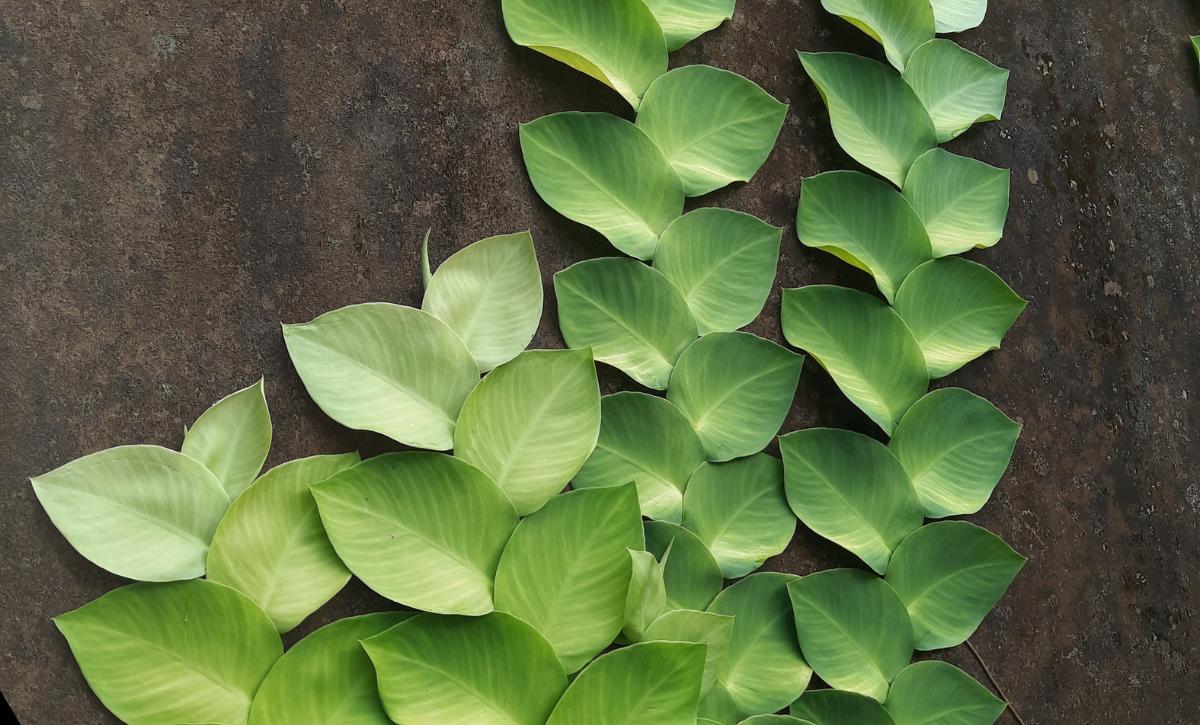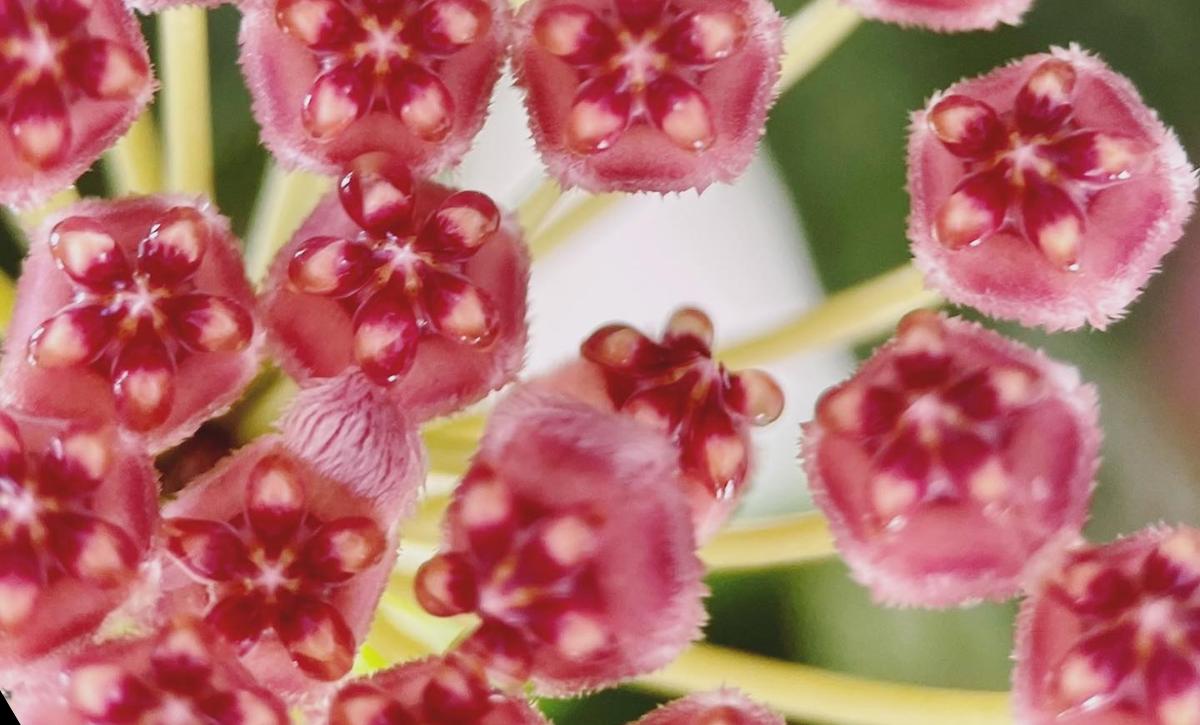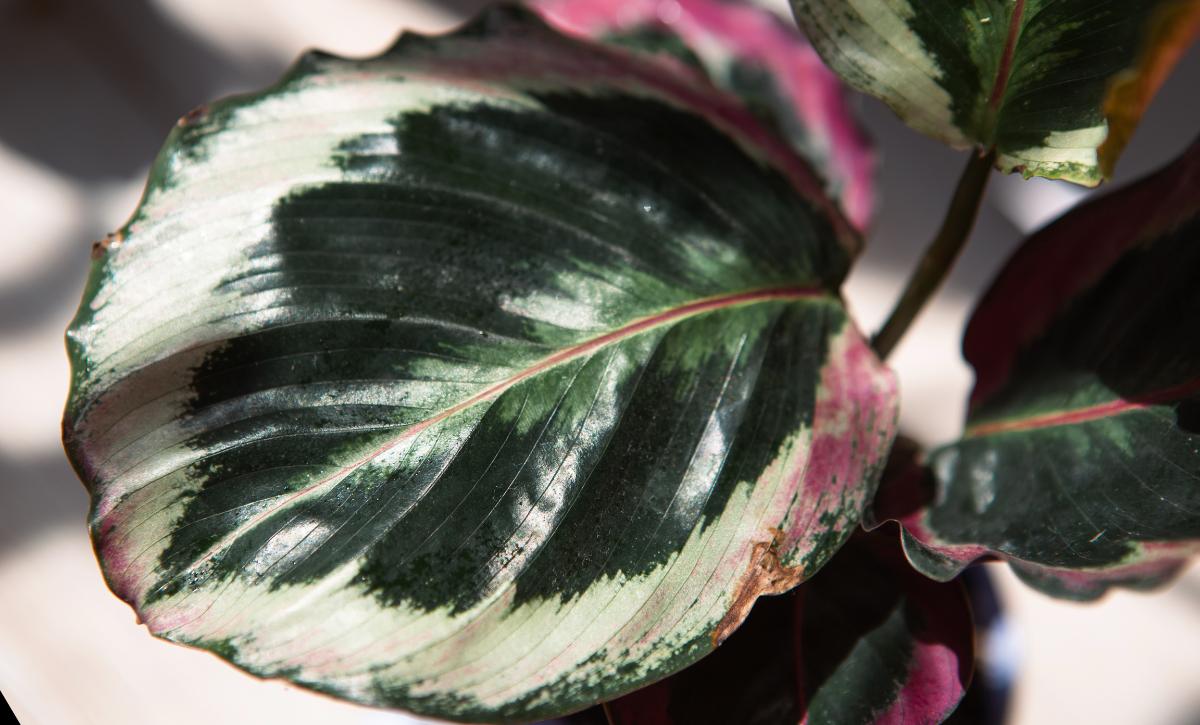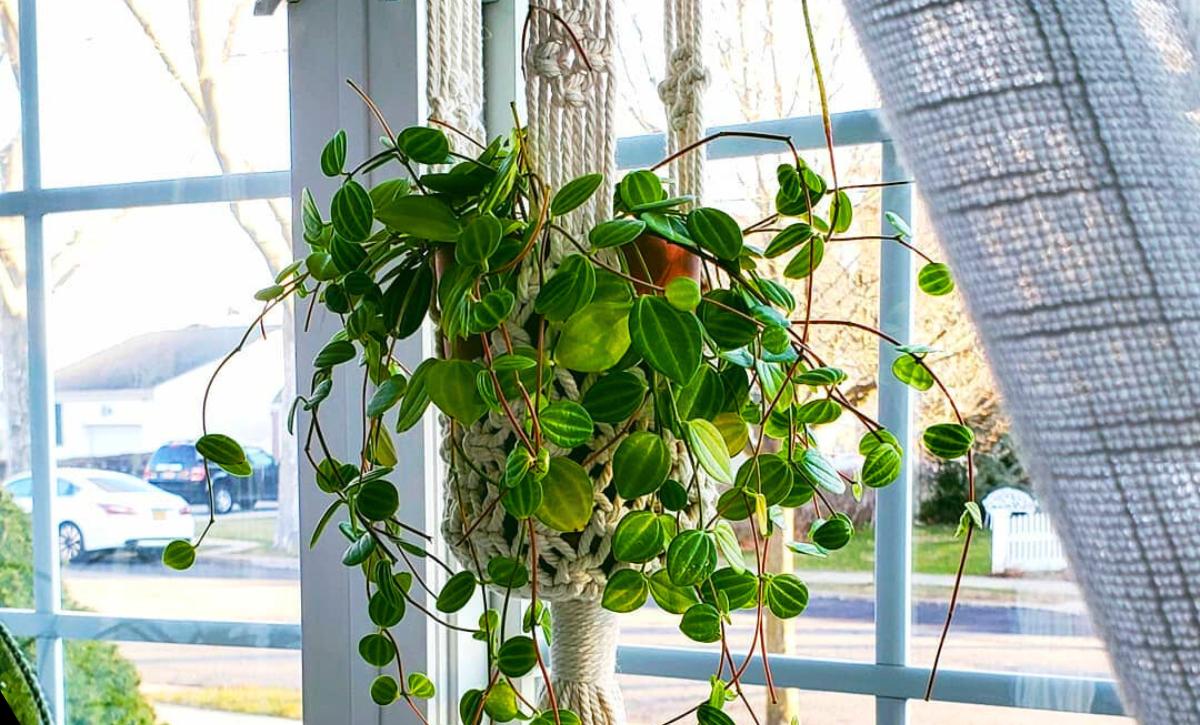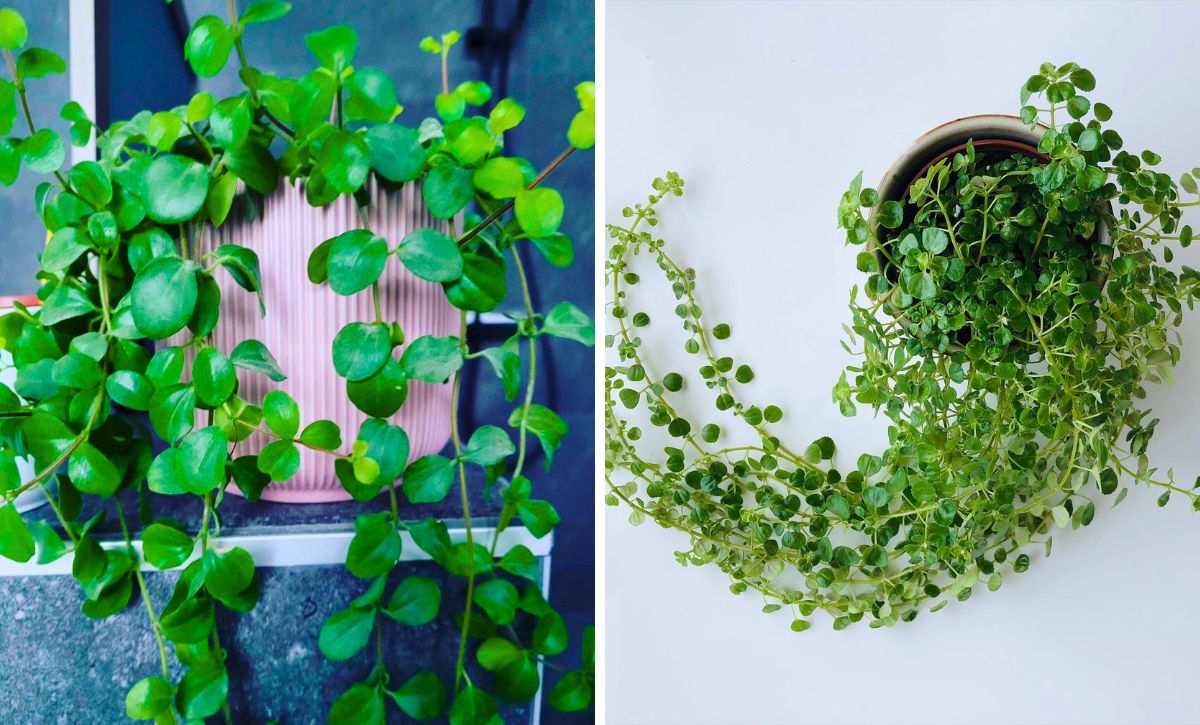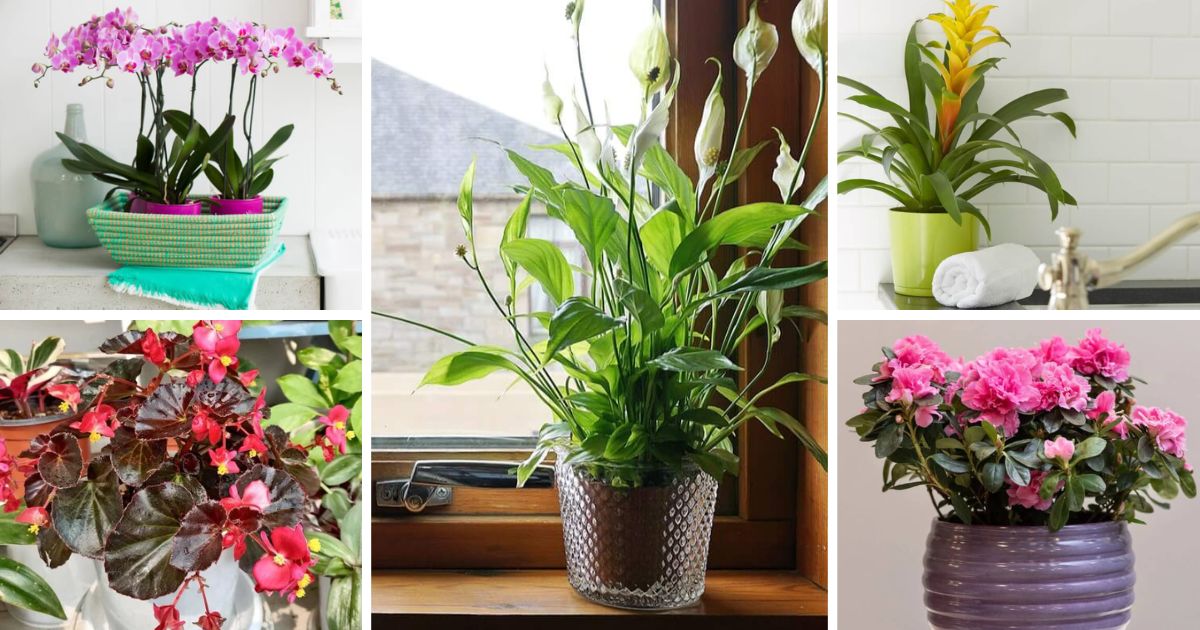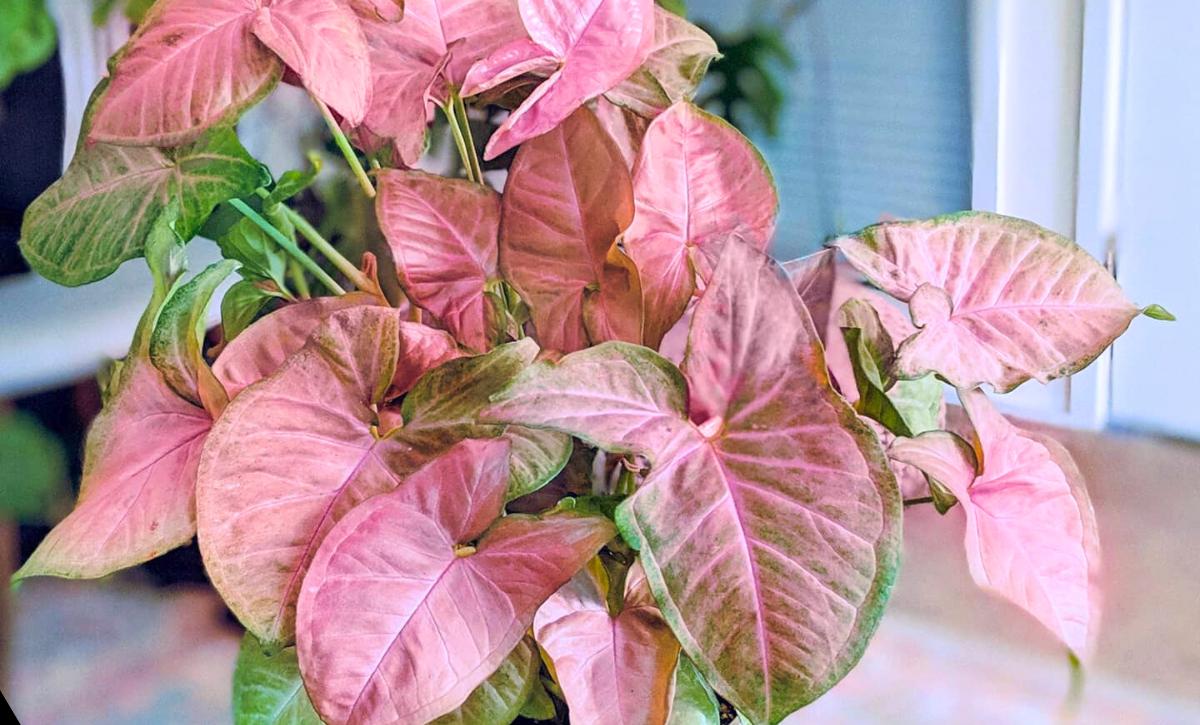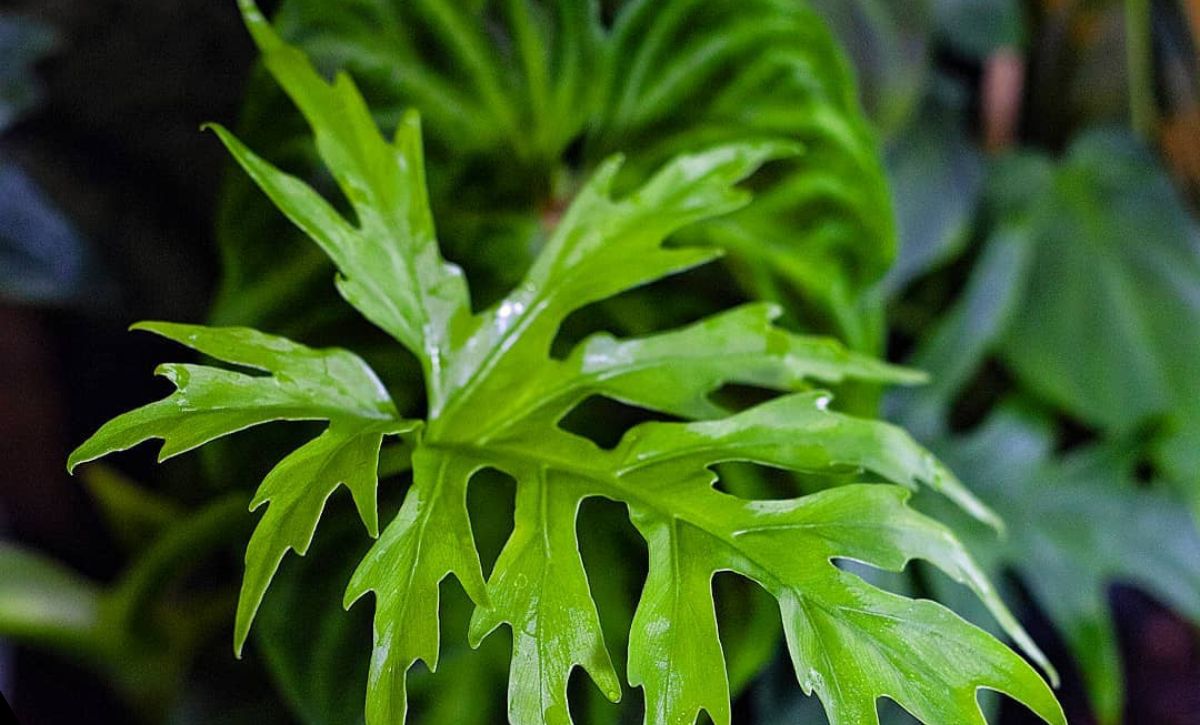What if you could grow a plant that will bring you wealth? Plants make excellent home decorations but are even better if they inspire wealth and good fortune. This article delves into the different types of money plants you can grow to achieve this.
Let’s get to it!
Why are they called money plants?
For people who think this is an easy get-rich-quick scheme with plants yielding money, I’m sorry to disappoint you! These are named money plants because their foliage is round, plump, and resembles coins.
Another main reason is that it’s a common belief these plants bring financial wealth and good luck to the growers.
10 Different Types Of Money Plants You Can Grow
1. Money Tree (Pachira aquatica)
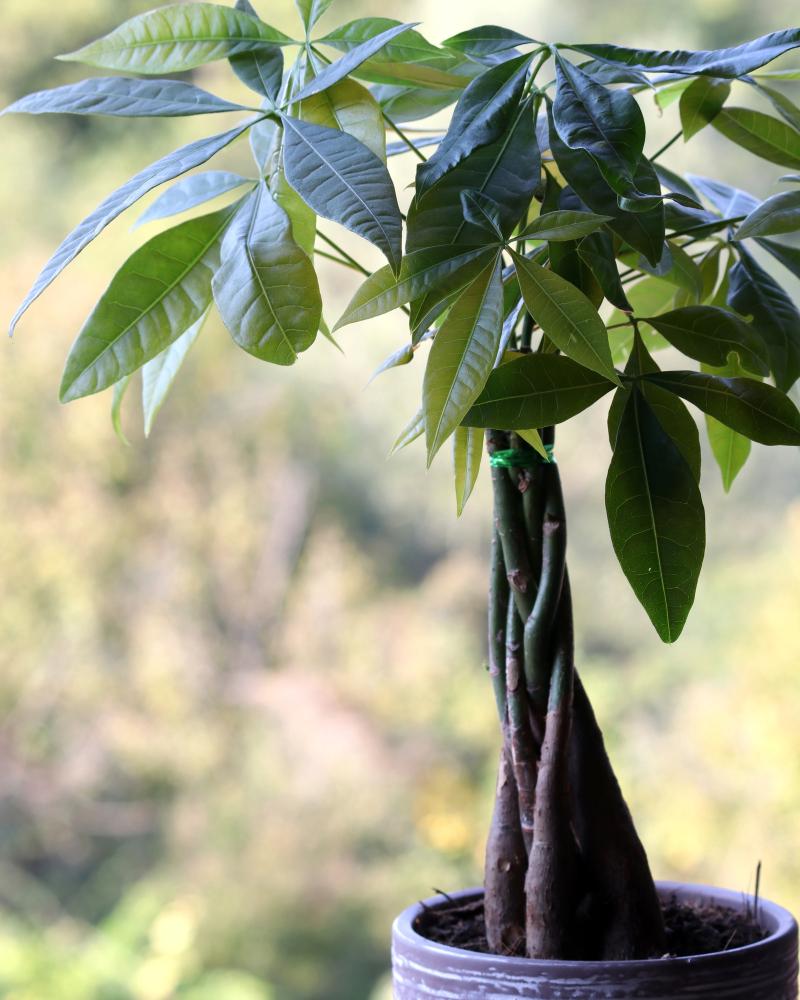
In their natural habitat, South America, these plants can grow really tall. They are also not braided when growing in their natural habitat. The Pachira aquatica, the common variation of money trees as a houseplant, is significantly different since it can grow in a small pot and has braided trunks.
This plant will not only improve your fortunes but can also lead to improved air quality through the elimination of harmful toxins.
So you won’t just be getting your money’s worth when purchasing this plant, but also a natural air purifier.
The Pachira Aquatica is characterized by dark green leaves with five leaflets. It’s believed these leaflets represent the five natural elements: air, water, earth, wind, and fire. These elements are highly significant in feng shui.
Is the money tree easy to care for?
This plant will thrive in bright, natural light. Rotate it frequently so it doesn’t bend to the light sources. As for watering, it can be done once a week. Ensure the excess water is drained to prevent the plant from being waterlogged and reduce the risk of root rot.
Where should the money tree be placed?
Since this plant doesn’t tolerate direct sunlight, the best place to put it will be in the room’s southeast corner. When placed in this direction, it’s believed to attract prosperity and good luck.
2. Lunaria
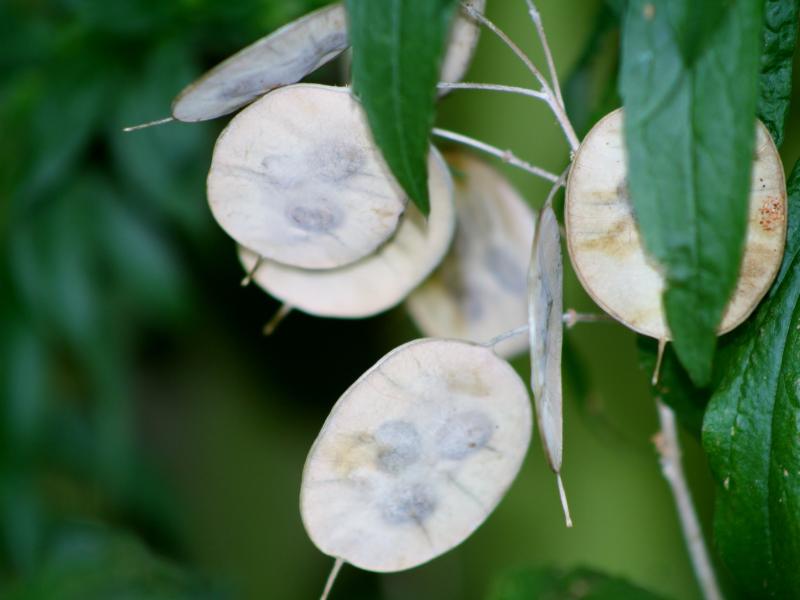
Lunaria is a fascinating flowering plant that belongs to the Brassicaceae family, also known as the mustard family. Despite the name, the plant’s flowers bear not even an ounce of mustard. They bloom in beautiful purple and pink colors and grow in clusters.
The Lunaria is a biennial. This means the plant grows in a year while blooming occurs in the next year, usually during the early to mid-summer. At the end of the flowering period, the plant yields flat seed pods.
The name Lunaria comes from Latin, meaning “moon-like”; this refers to the silvery and round seed pods that resemble the moon. Guess what is also round and silvery? That’s right! Money! Due to the unique shape and color of the seed pods, it’s believed that this plant brings money.
Other common names for the plant are Honesty and the silver dollar plant. Is there any more luck in the world than getting some Honest Silver Dollars?
How to take care of the Honesty plant
This plant doesn’t burden you with extreme care or attention. To grow the plant, spread the seeds in a nursery and thoroughly cover them with a little layer of soil and water. The plant enjoys direct sunlight but can also survive in partial shade. As for the soil, it’s no cause for concern as they have no specific type.
Can the Lunaria be grown indoors?
Of course! The plant can be grown indoors. However, ensure the seeds are planted seven weeks before the onset of the last frost, as they must be warm.
3. Swiss Cheese Money Plant (Monstera Adansonii)
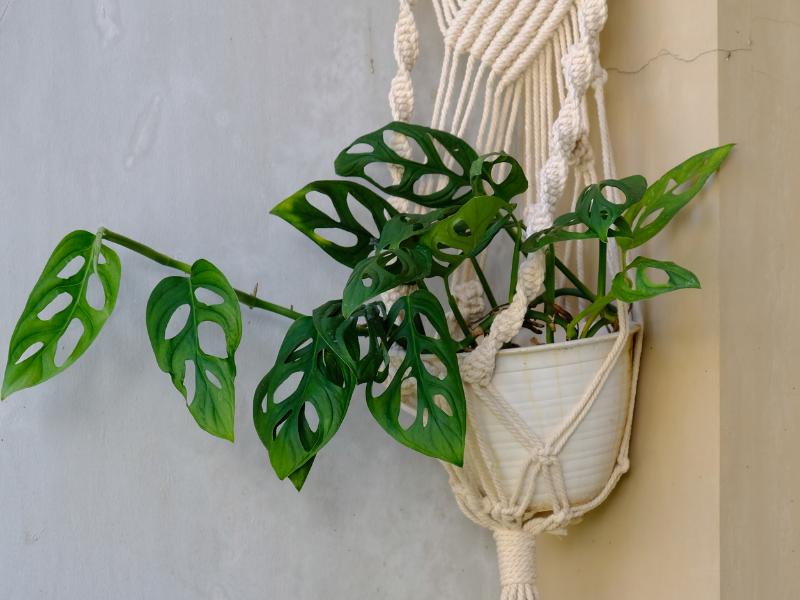
This is one perfect plant for beginner gardeners. This plant, which is native to Central and South America, is commonly grown as an indoor ornamental plant. The plant has magnificent dark green leaves that develop patches with time.
The patches on the plant resemble a cheese pattern thus the name Swiss cheese money plant. According to feng shui, the plant attracts money and positive energy.
How to care for the Swiss cheese plant?
First, you’ll want to keep the plant away from direct sunlight as it thrives in indirect sunlight. Second, keep the plant out of reach of children and pets, as the leaves are toxic. Only water the plant when the soil is completely dry to the touch.
It would be best if you didn’t completely neglect the plant’s water needs as it may suffer from underwatering.
4. Jade Plant (Crassula Ovata)
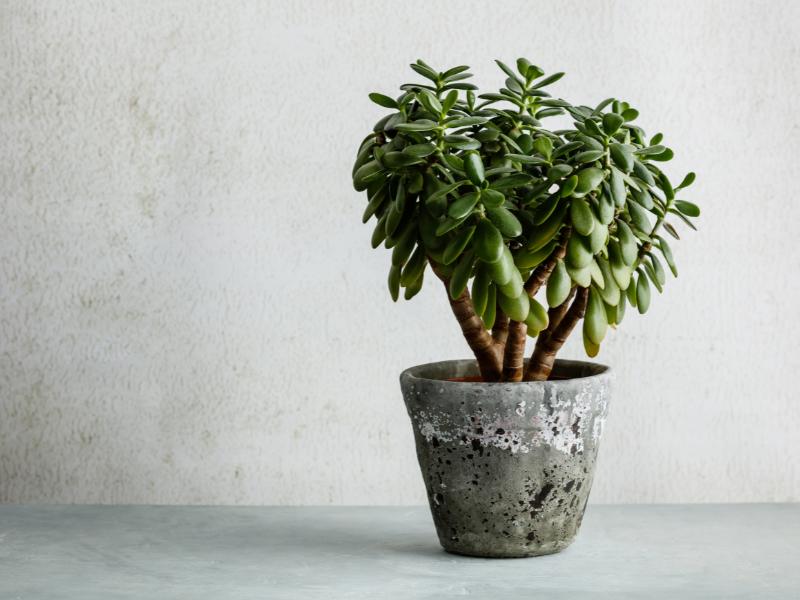
The Jade plant is one succulent that can survive for many years. The plant is indigenous to South Africa and is commonly used as a decorative houseplant because of its lovely leaves and captivating white and pink flowers.
Its small size makes it very portable, and can even be placed on a table to create a lively workspace.
How do you care for the jade plant?
Plant care for this money plant is easy; it thrives in moderate temperatures and can do with indirect sunlight. As for watering, ensure the plant is watered moderately to avoid root rot. The soil should always be allowed to dry before watering the plant again.
5. Golden Pothos (Epipremnum aureum)
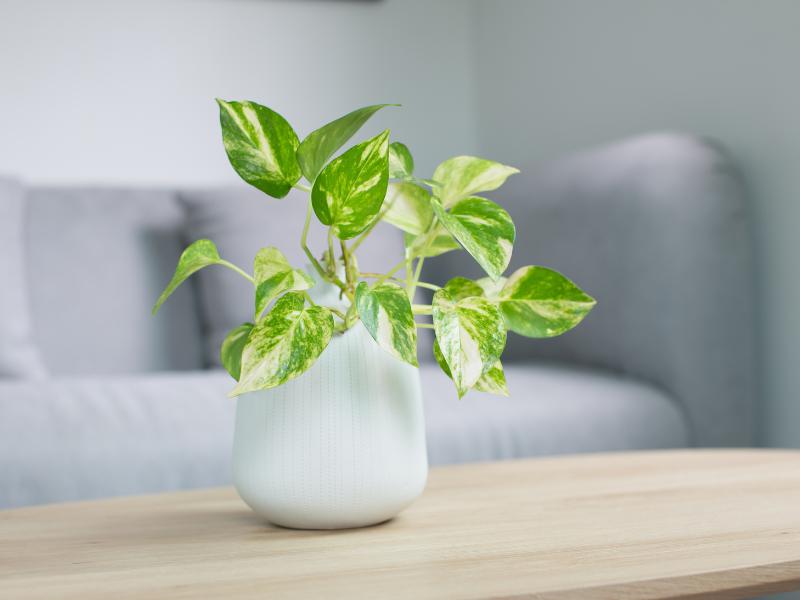
Commonly referred to as the Devil’s Ivy, this is a low-maintenance money plant with sharp leaves with a distinctive yellow pattern. In many cases, the plant is grown as a hanging plant to liven up a room.
If you need better luck in your life, you should get the trailing pothos known to symbolize good luck and prosperity!
How to care for the Pothos Epipremnum aureum?
This plant doesn’t tolerate strong direct light, so keep it in a place where it receives indirect sunlight. Water the plant once every two weeks to allow the soil to dry between waterings. This makes the plant perfect for people with busy schedules who may forget to water the plants.
6. Lucky Bamboo (Dracaena sanderiana)
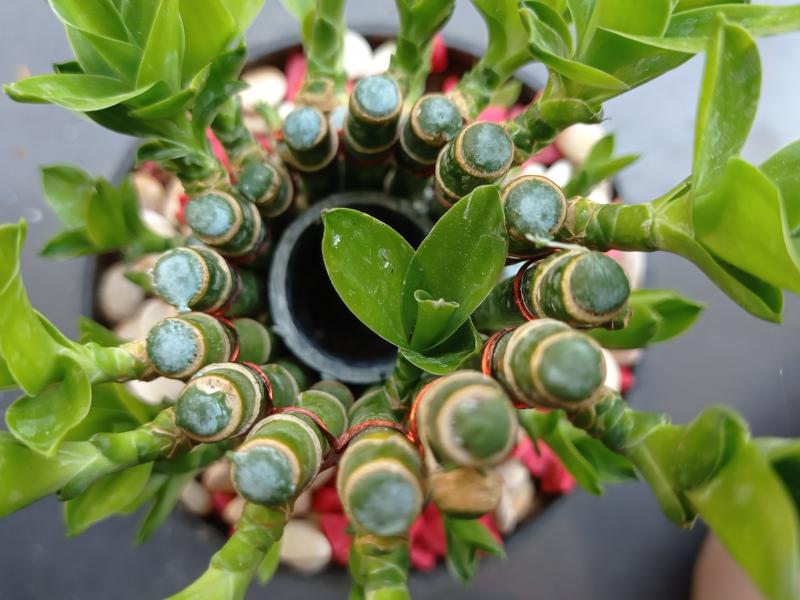
As the name suggests, the Lucky bamboo brings its owners luck and good fortune, especially if the plant was acquired as a gift from a friend or relative. Even though the plant is named lucky bamboo, it’s not actually bamboo. The name Dracaena comes from the fact that the stems or the stalks of the tree resemble a bamboo plant.
Is Lucky Bamboo really lucky?
As per Vastu Shastra, this plant brings wealth and good fortune, especially if the plant is placed in an office.
How to take care of the lucky bamboo plant?
The best thing about this plant is that it can be grown both in soil and water. If you choose to grow the plant in water, ensure you provide the plant with filtered water every week and that the container is cleaned after every few months.
As for soil propagation, ensure the soil is always well-drained and moist.
7. Marble Queen Money plant (Epipremnum aureum ‘Marble Queen’)
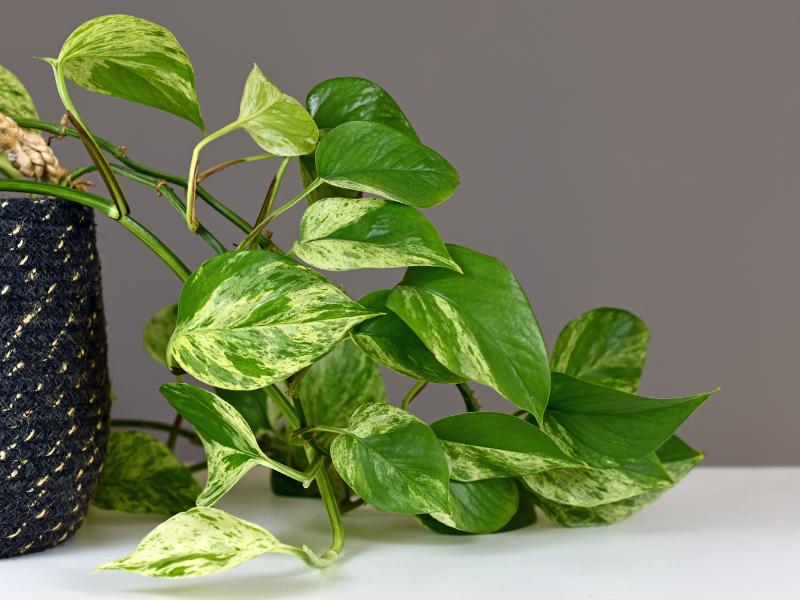
The queen of the money plants, the Marble Queen plant, is one of the most exquisite plants in this category. Its name comes from the variegated leaves with creamy and white patterns that make the plant seem to grow marbles rather than leaves.
Like many other pothos, the Marble Queen will do well indoors and is very adaptable in different growing environments. This makes the plant very ideal for beginners and new plant enthusiasts. However, ensure it’s kept away from pets and children since it has mild toxicity.
When buying this plant, be keen to get the right plant as it closely resembles the snow queen pothos.
How should you take care of the Marble Queen Money Plant?
This beautiful queen doesn’t need frequent watering as it does well in fairly arid conditions. When watering the plant, make sure that the water has soaked down to the roots and then drain any excess water.
8. Chinese money plant (Pilea peperomioides)
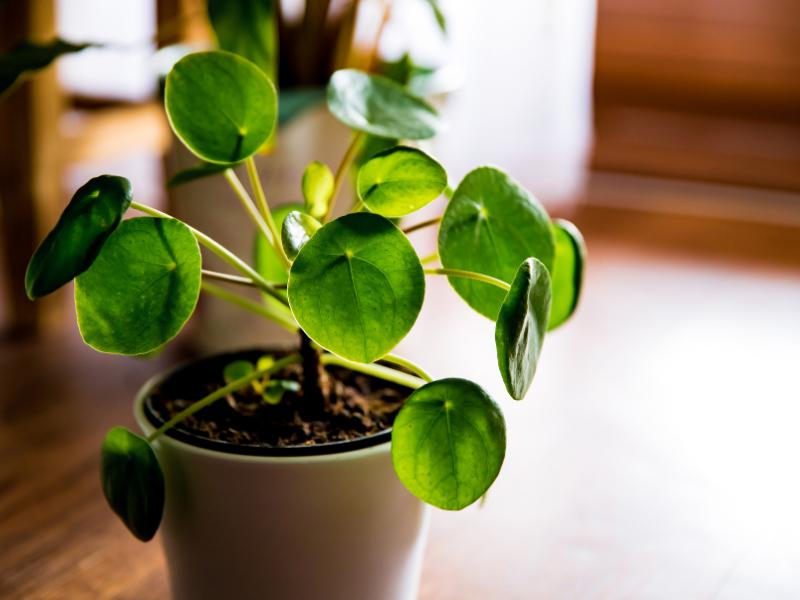
Also known as the pancake plant, coin plant, Pilea peperomioides, or the Chinese money plant, whatever you choose to call it, this eye-catching plant has beautiful, round green leaves that resemble coins. It’s like your change growing on a tree!
Due to its unique look and association with luck and good fortune, the plant has become a sensation in many homes.
How to care for the Chinese money plant?
Even though the plant prefers bright light, don’t expose it to direct, intense sunlight, as it may get scorched. Water the plant once every week. Before watering, ensure the soil is dry, as the plant doesn’t thrive in soggy soil.
Where should you place the Chinese money plant?
When choosing an ideal location for the plant, ensure it’s in a place where it can receive plenty of indirect sunlight and sufficient warmth throughout the day. This allows the leaves to absorb enough light, which is crucial in the plant’s photosynthesis process to generate energy.
9. Silver Money Plant (Scindapsus pictus)
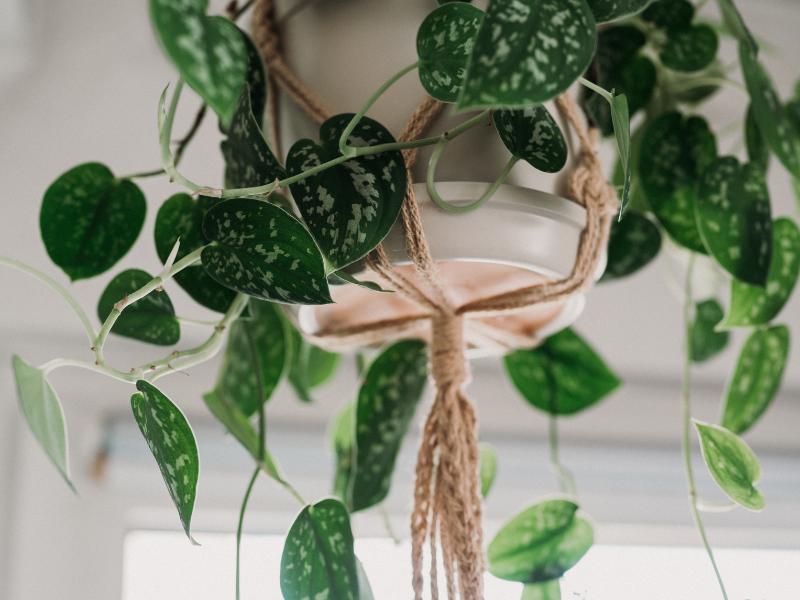
Native to Southeast Asia, this plant is also known as the Satin Pothos and is one of the easiest houseplants to care for.
The plant has unique heart-shaped leaves with shimmering gray patterns and is matte in color. Its trailing tendrils tend to grow rapidly.
How should I take care of the silver money plant?
This plant isn’t a fan of direct sunlight either, so you better keep it off the windows. When exposed to direct sunlight, the leaves will not only lose their beautiful variegation but also get scorched.
The ideal place to grow this plant will be in hanging baskets near windows, but not exposed directly to the light. You can use curtains to protect the plant from direct sunlight.
10. Split Leaf Money Plant (Monstera deliciosa)
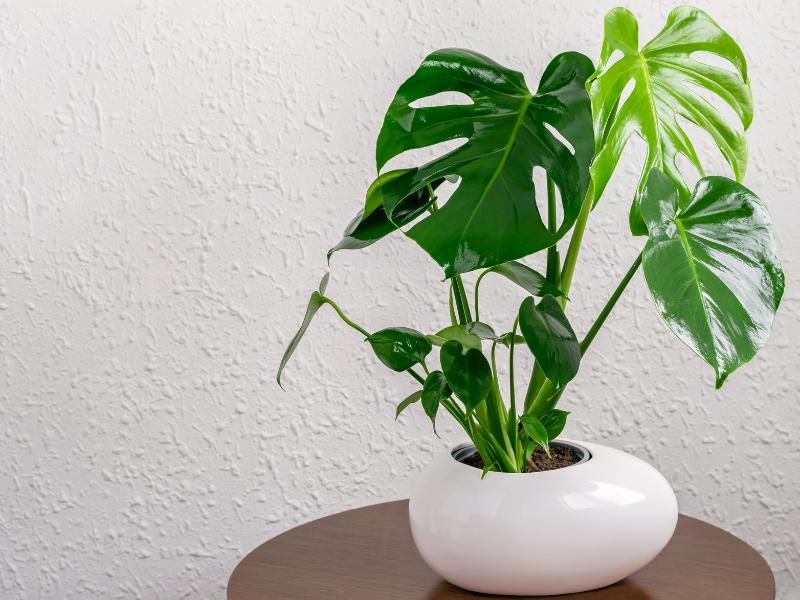
Wondering where this plant gets its unique name? You guessed it right! The split-leaf philodendron has uniquely split leaves, hence the name. The leaves of this already lovely plant become even more split as it matures, making it even more beautiful.
This plant can grow up to 140 cm tall indoors, depending on the size of the pot.
How do you take care of the monstera split leaf?
Grow the plant in well-draining soil where it can receive plenty of indirect sunlight. This plant shouldn’t be overwatered, so water once weekly and adjust the watering schedule during the hot summer months.
Since the plant thrives in damp soil, don’t let it completely dry out, and only water when the top 2-3 inches of the soil dry out.
Why Do Monstera Leaves Split?
One theory is that leaves split to let light through and reach the leaves at the bottom of the plant. Another theory is that the leaves split to allow water to pass through the heavy leaves and prevent the stem from breaking during heavy rains.
The Best Money Plants for Feng Shui
Money plants are some of the best plants to use to capture the essence of Feng Shui and bring good luck into your home. Some of the most popular plants used in Feng Shui to bring good luck are Pachira aquatica, Jade plant, and Pilea peperomioides.
These plants not only bring good luck and fortune, but they’ll also make your space look much more relaxed.

Are Money Plants Really Worth the Money?
For one, these plants will make your home more delightful and beautiful with their exquisite foliage. They can also inspire and bring positive energy and fortune into your home. Even though they may not cost you a lot, these plants can earn you a lot if you grow and place them right!
If you want to change your luck, don’t hesitate to get the money plant or gift one to your friend!
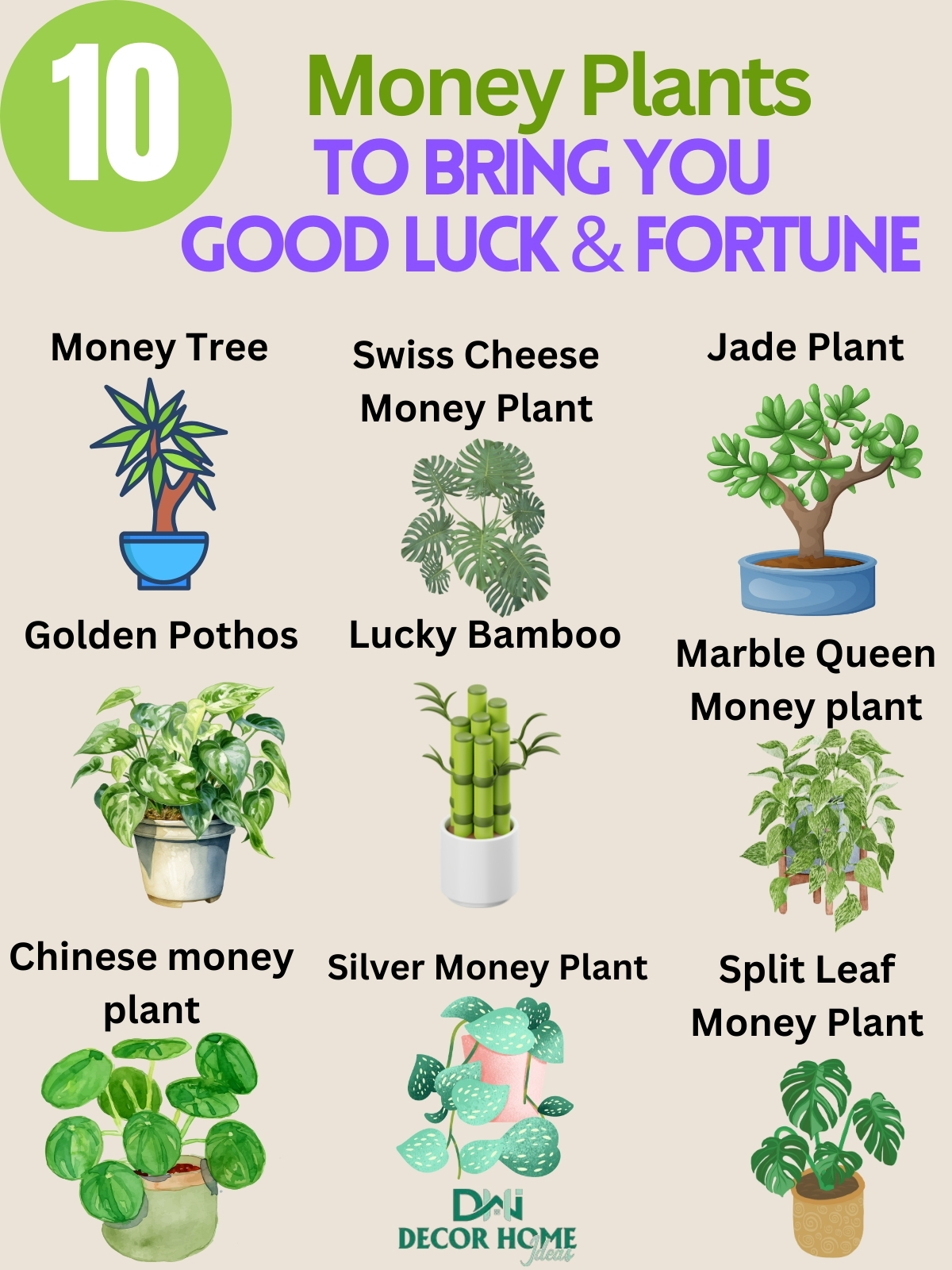
Invite prosperity and positive energy into your home with these beautiful money plants.
The money tree and jade plant symbolize wealth, while lucky bamboo attracts good fortune.
Golden pothos and marble queen money plants are easy to grow, and the Chinese money plant is known for financial blessings.
With Swiss cheese, silver, and split-leaf money plants, your space will be both lucky and lush!

